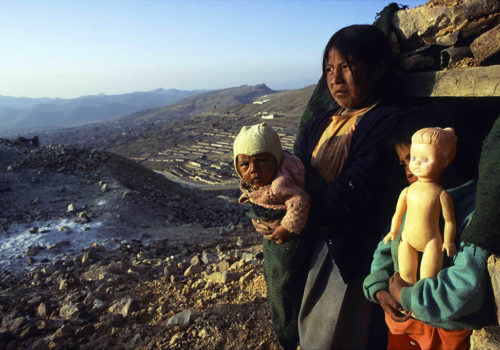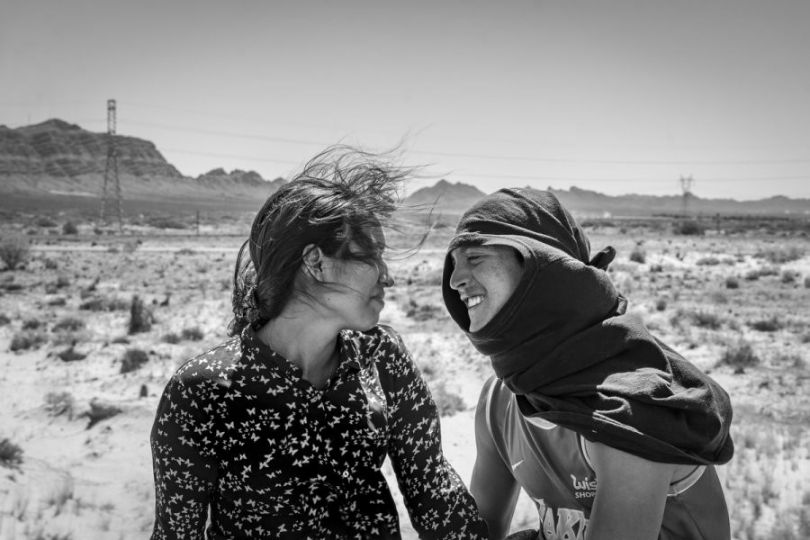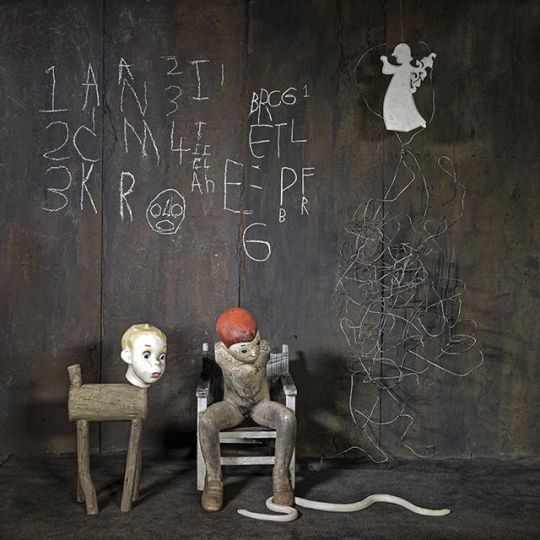Stephen Ferry – Thirteen-year-old Tin Miner, Santa Rita Mine Shaft, Bolivia, 1992
For centuries Bolivia’s Potosí mountain has been called the “mountain that eats men” because so many miners, including children, have lost their lives there. Today, thousands of children work in and around Bolivia’s mines, searching for trace amounts of silver and tin.
Writes Ferry:
“For over two hundred years, the Spanish colonizers forced more than three million Quechua Indians to work in Potosí’s Cerro Rico (Rich Mountain), supplying nearly half of the world’s production of silver. Hundreds of thousands of miners have died there from disease, accidents, and brutality. Today, men are compelled to repeat the past, working themselves to death in the very mountain that was the tomb of their ancestors.”
Ken Light – Onion Picker, Rio Grande Valley, United States, 1979
The farmworkers movement that emerged in the 1960s campaigned to protect the rights of migrant farmers, who at the time comprised a largely invisible work force in the United States. Today migrant farmworkers continue to receive lower wages than almost any other labor group and are exposed to some of the poorest working conditions. Ken Light’s photographs examine the lives of farmworkers in California, Texas, and the deep South. In this photo, a man harvests onions in Texas’s Rio Grande Valley.
“We’ve become such a 24/7 moving world with a constant stream of news and sound and pictures,” writes Light. “And the wonderful thing of a still photograph is you get to linger, you get to stop, you get to look, you get to think, you get to react, and it is a very different experience. It’s interesting to think about Dorothea Lange’s “Migrant Mother” image, which I think is one of the most iconic images of the 20th century. It’s an image that has very deep, humanistic feelings and messages about the world and the Great Depression in the United States. And you begin to wonder, what if Lange had lived in a multimedia age? Would we have that iconic image? Would the image be different if the migrant mother was talking?”
Stephen Goldblatt – Painting Buddha’s Lips, Burma, 2007
Acclaimed cinematographer Stephen Goldblatt traveled to Burma in 2007 to capture moments of ordinary life during military rule. He has donated his work to the Human Rights Center’s efforts to uphold human rights in Burma and around the world. This photo is of a man painting Buddha’s lips, a coveted job.
Goldblatt, who has been nominated for two Academy Awards, is especially known for his work on Angels in America, The Help, and most recently Get On Up, the biographical drama about James Brown.
Sebastião Salgado – During a Demonstration in Support of the MPLA, Angola, 1975
Angola gained independence from Portugal in 1974, but immediately descended into a protracted civil war between nationalist movements involving widespread abuses of human rights. In this photo, Sebastião Salgado photographs a scene of children in the Angolan capital of Luanda, who are watching a demonstration of the Movimento Popular de Libertação de Angola (MPLA).
Writes Sebastião Salgado:
“I very much like to work on long-term projects….There is time for the photographer and the people in front of the camera to understand each other. There is time to go to a place and understand what is happening there. …When you spend more time on a project, you learn to understand your subjects. There comes a time when it is not you who is taking the pictures. Something special happens between the photographer and the people he is photographing. He realizes that they are giving the pictures to him.”
















